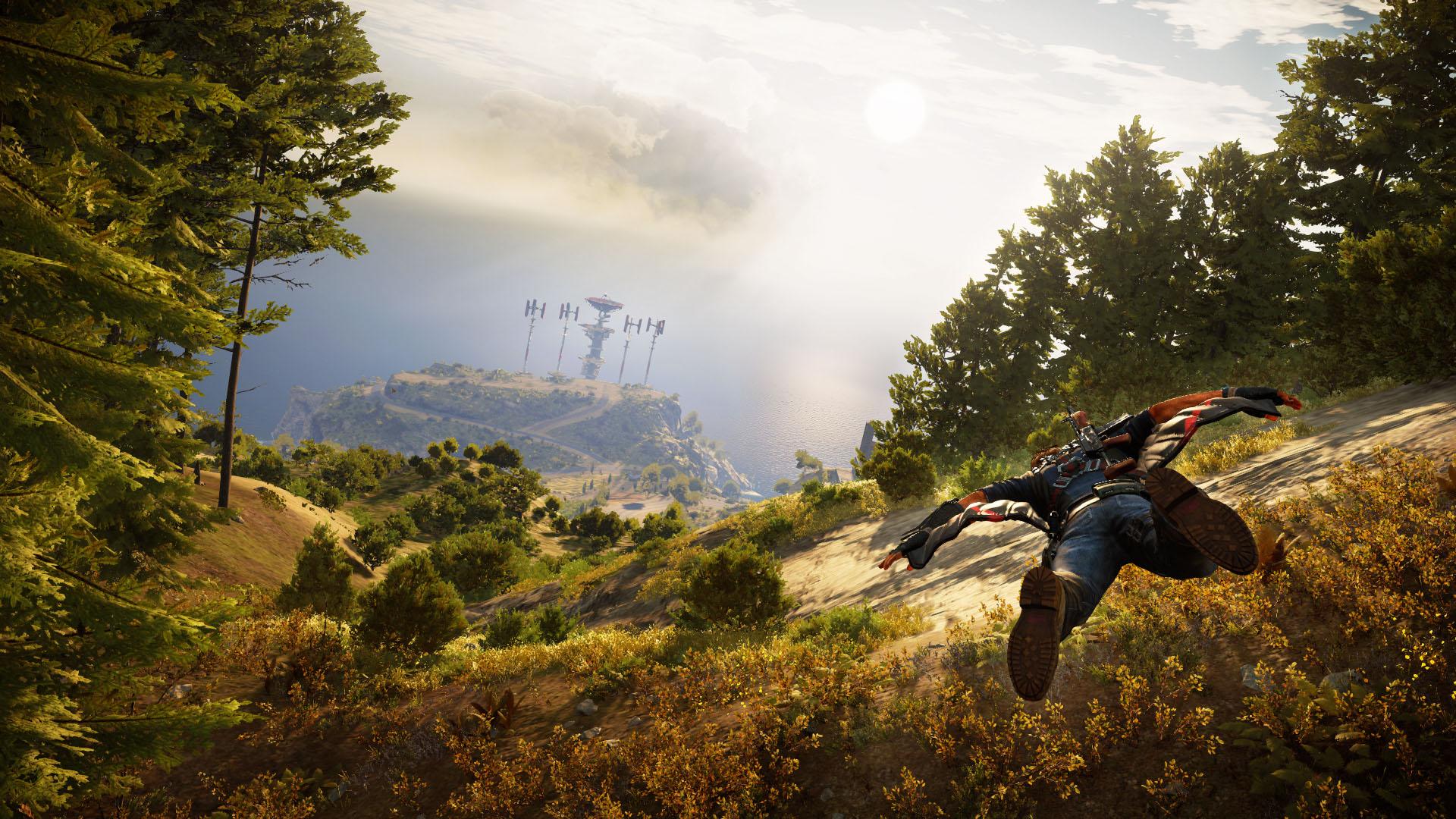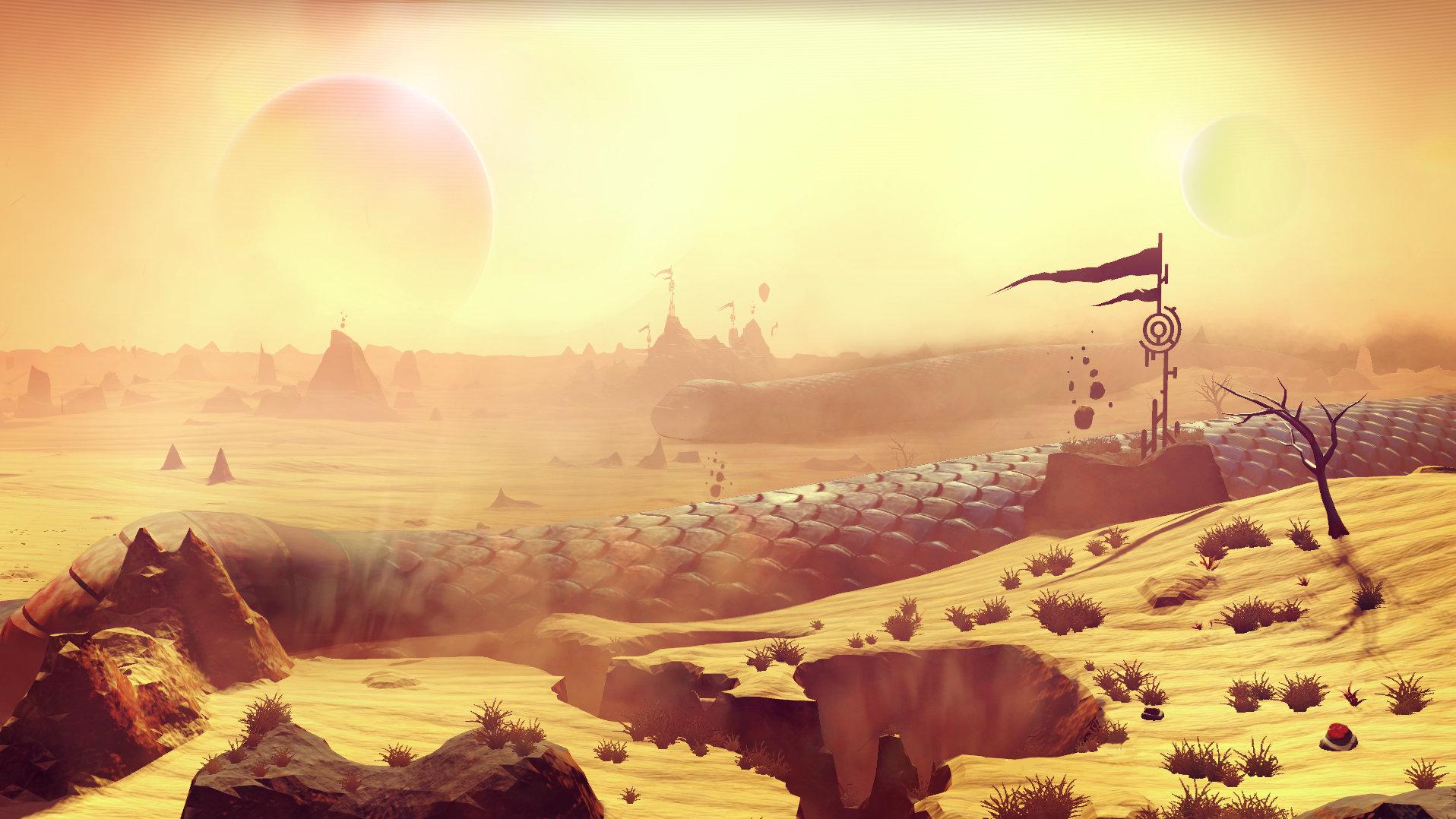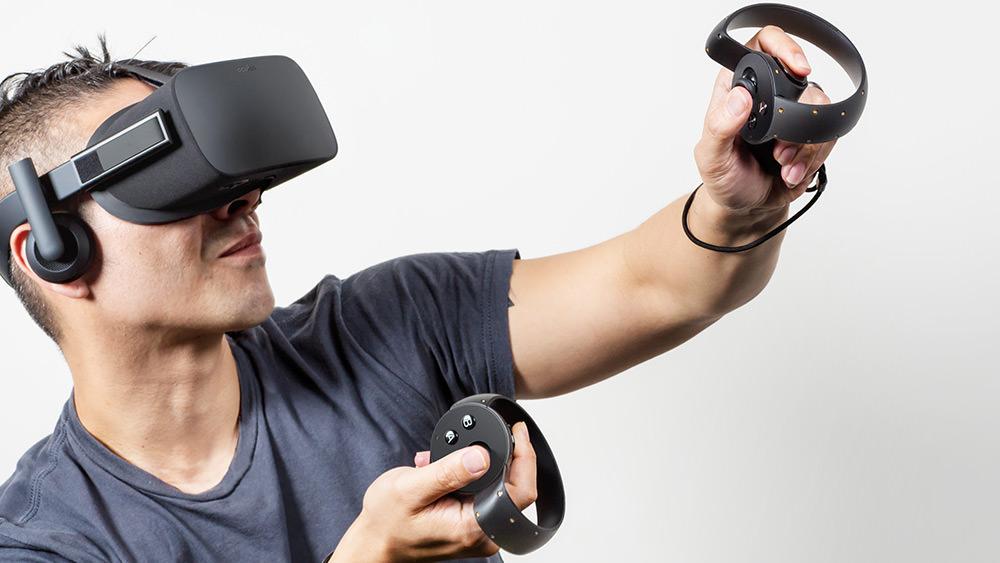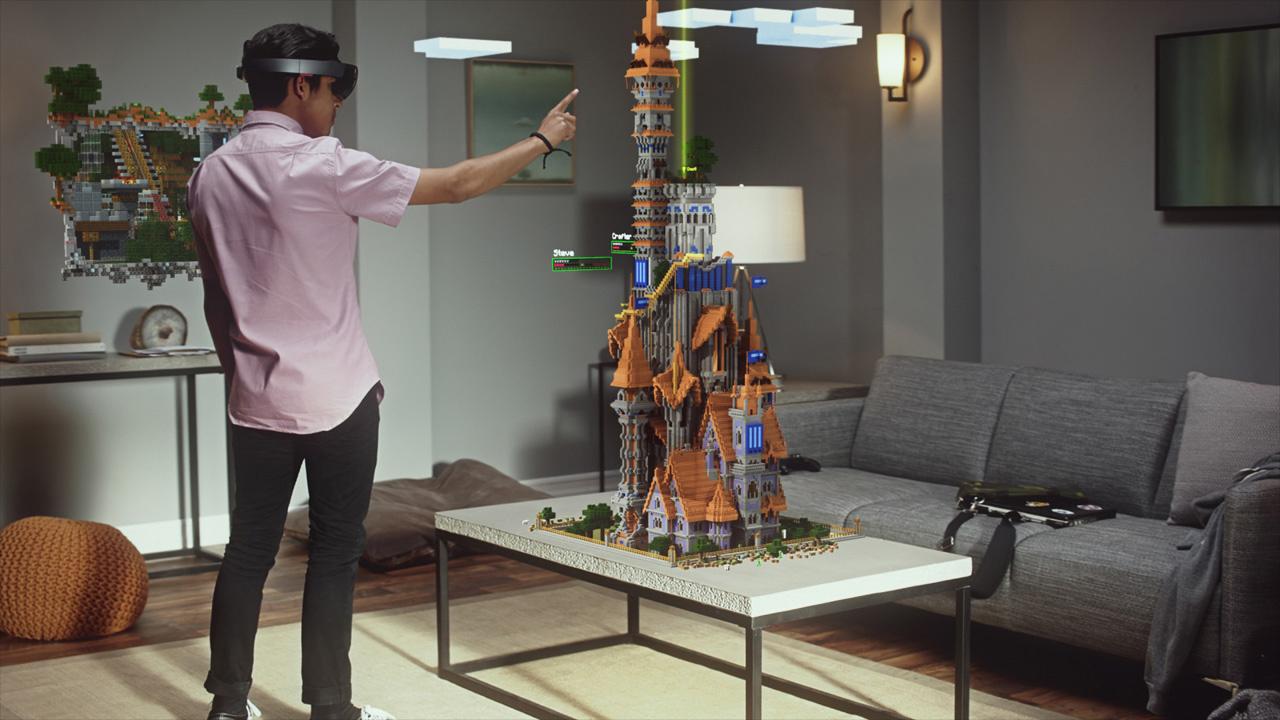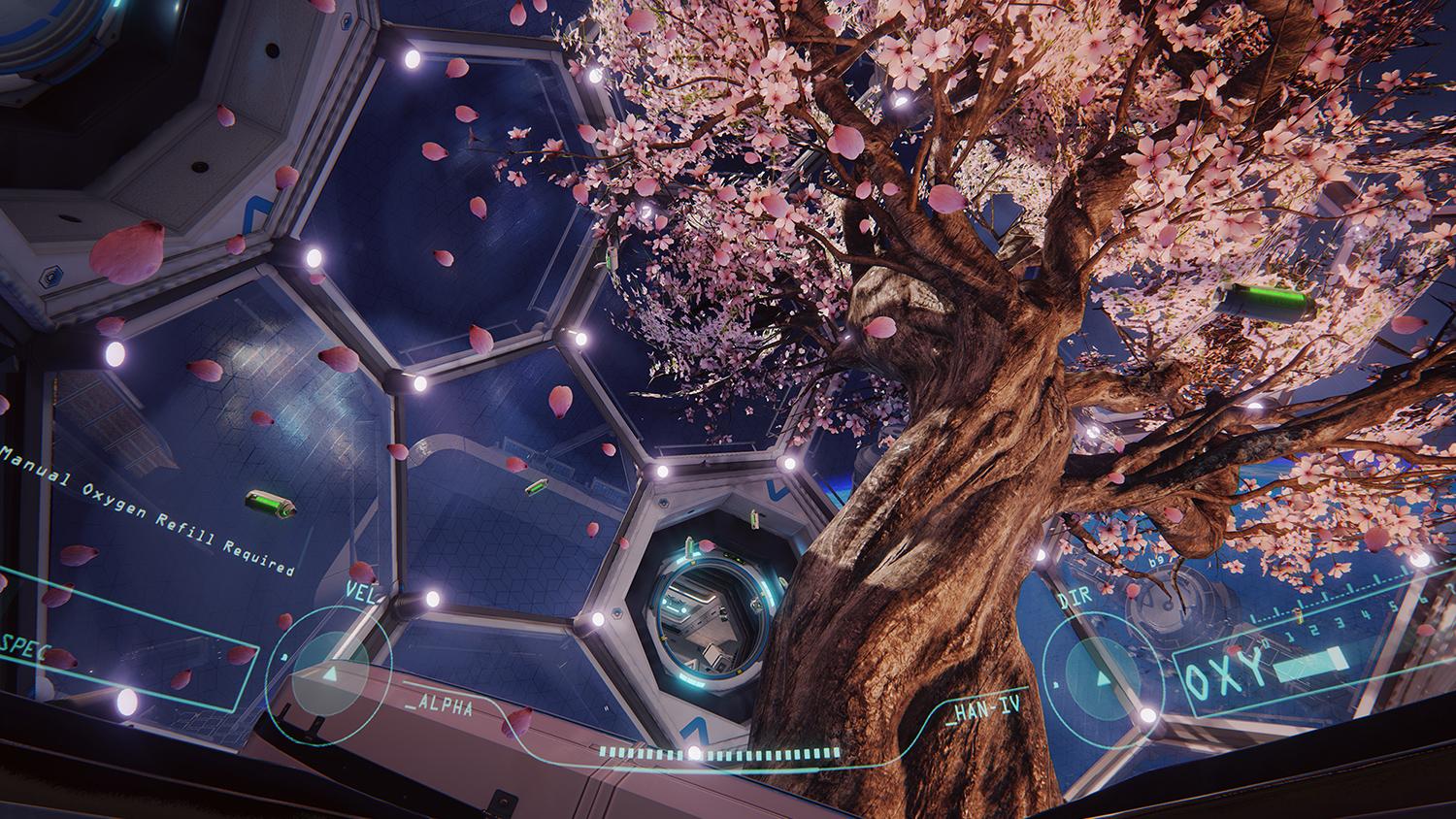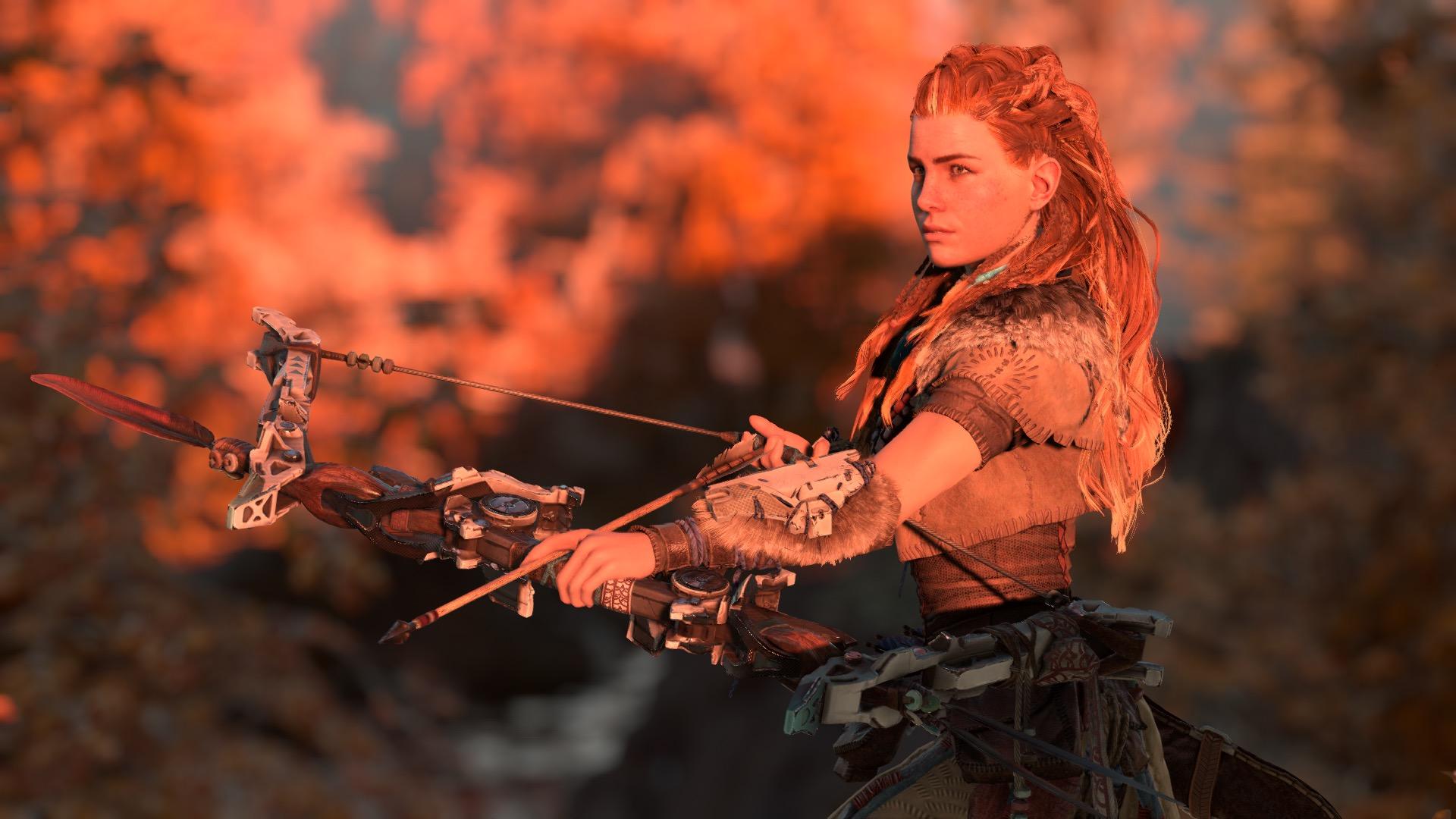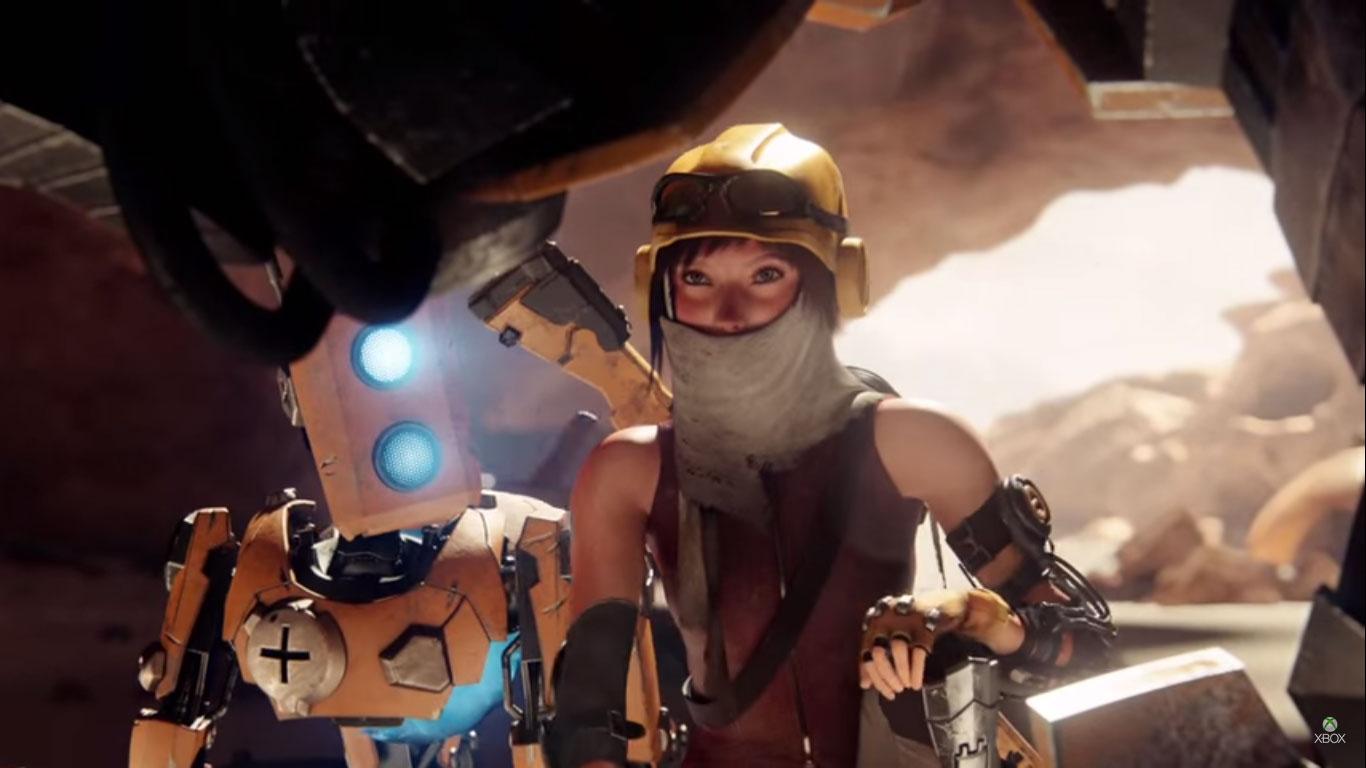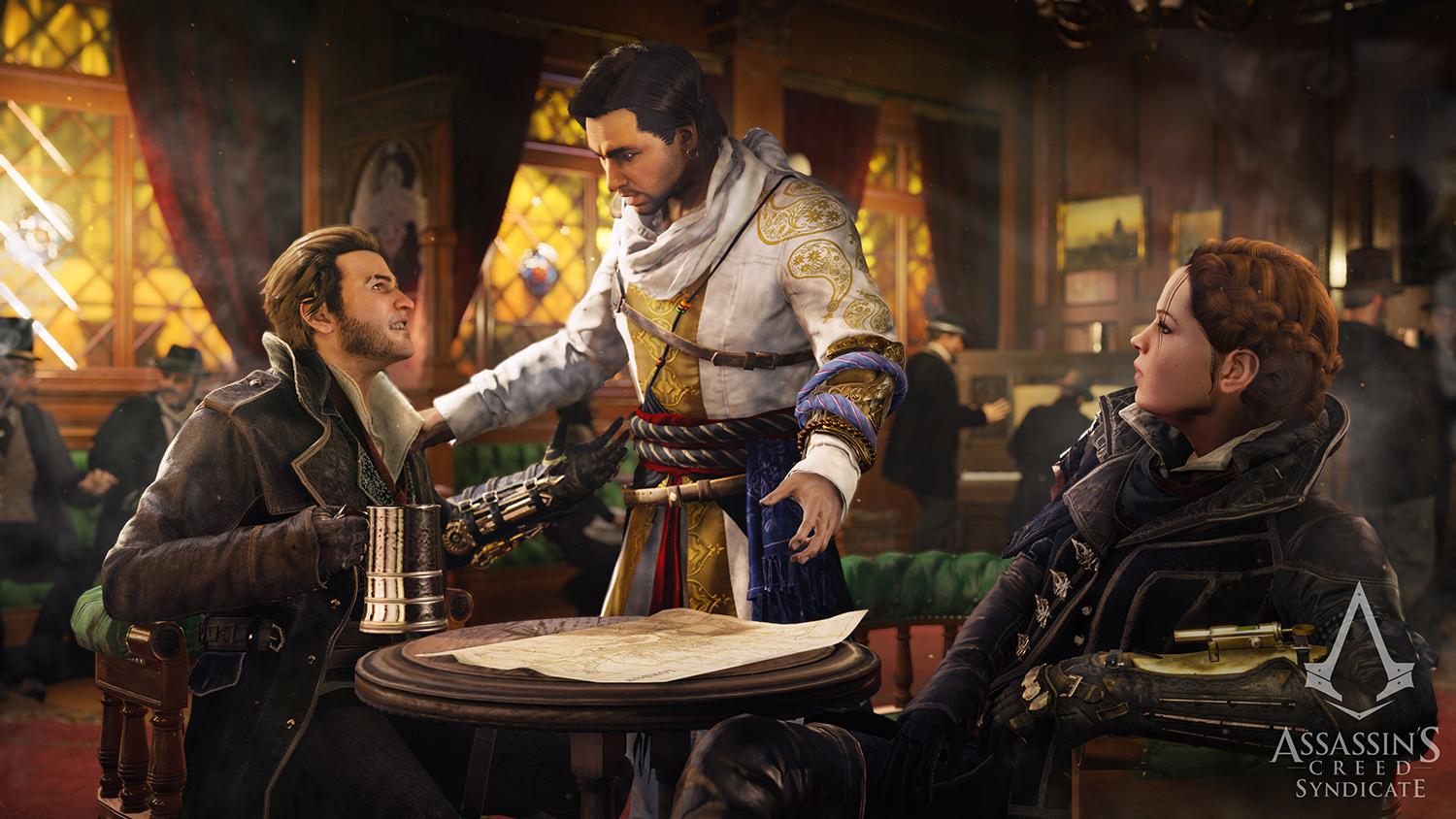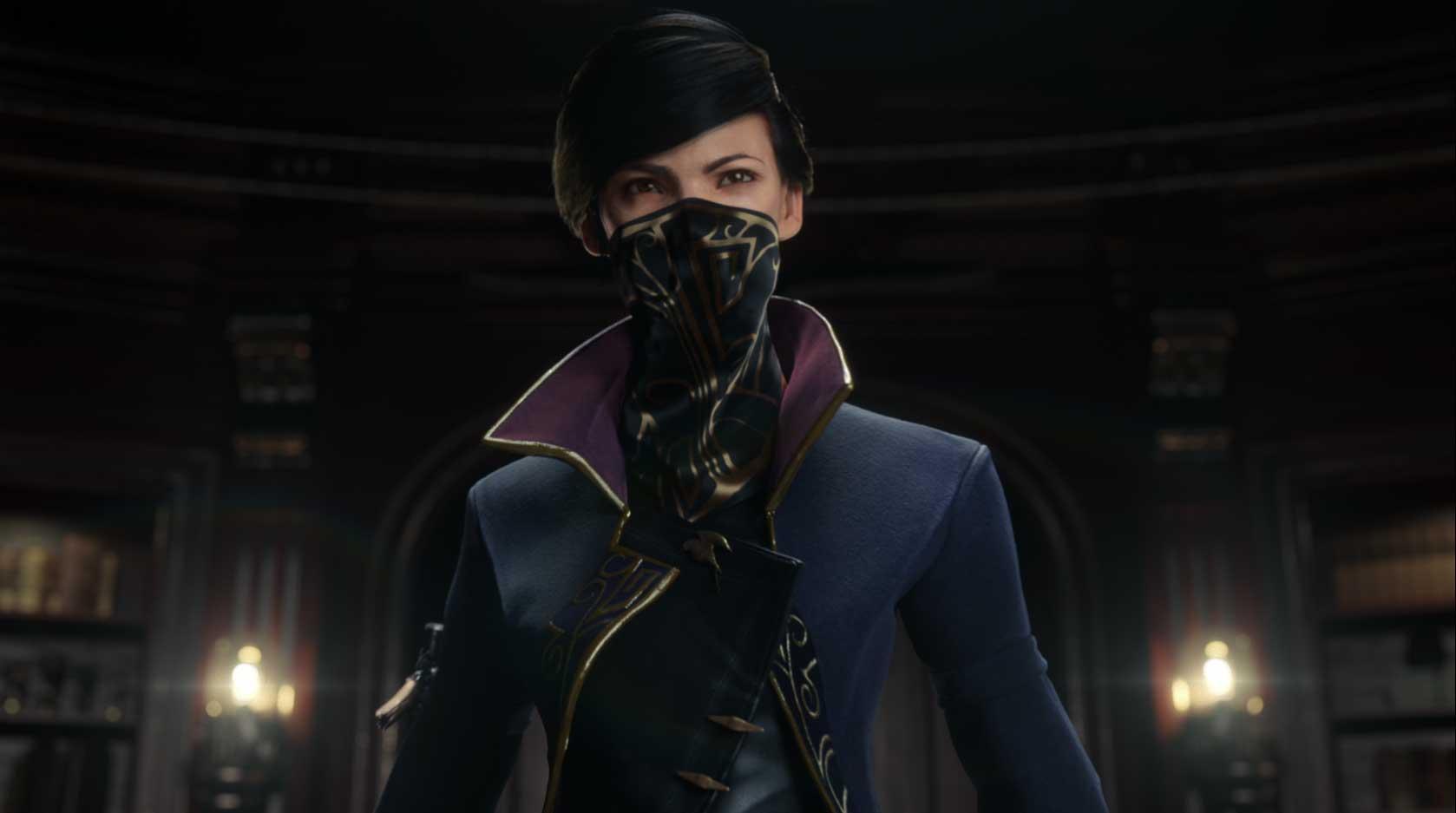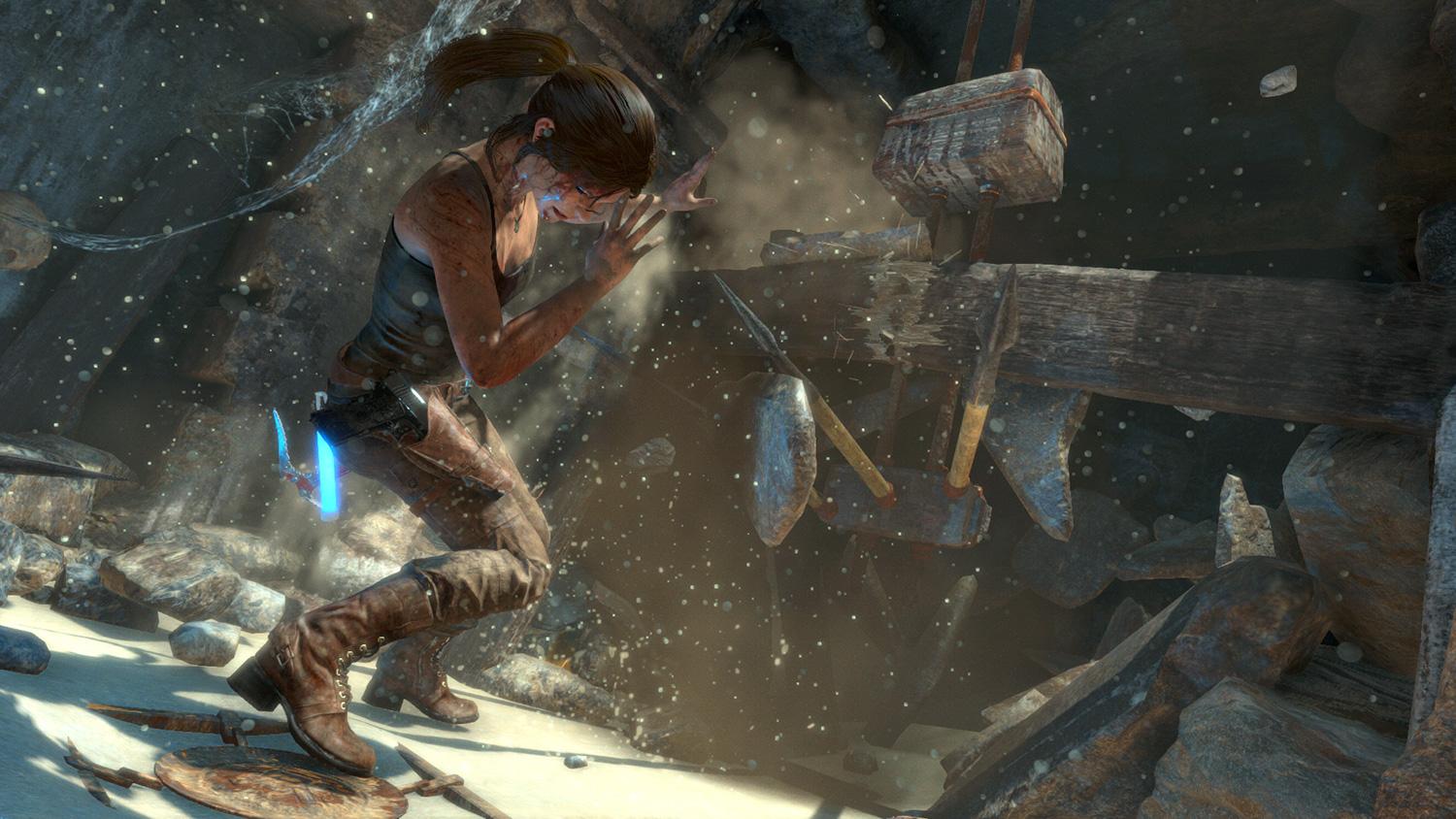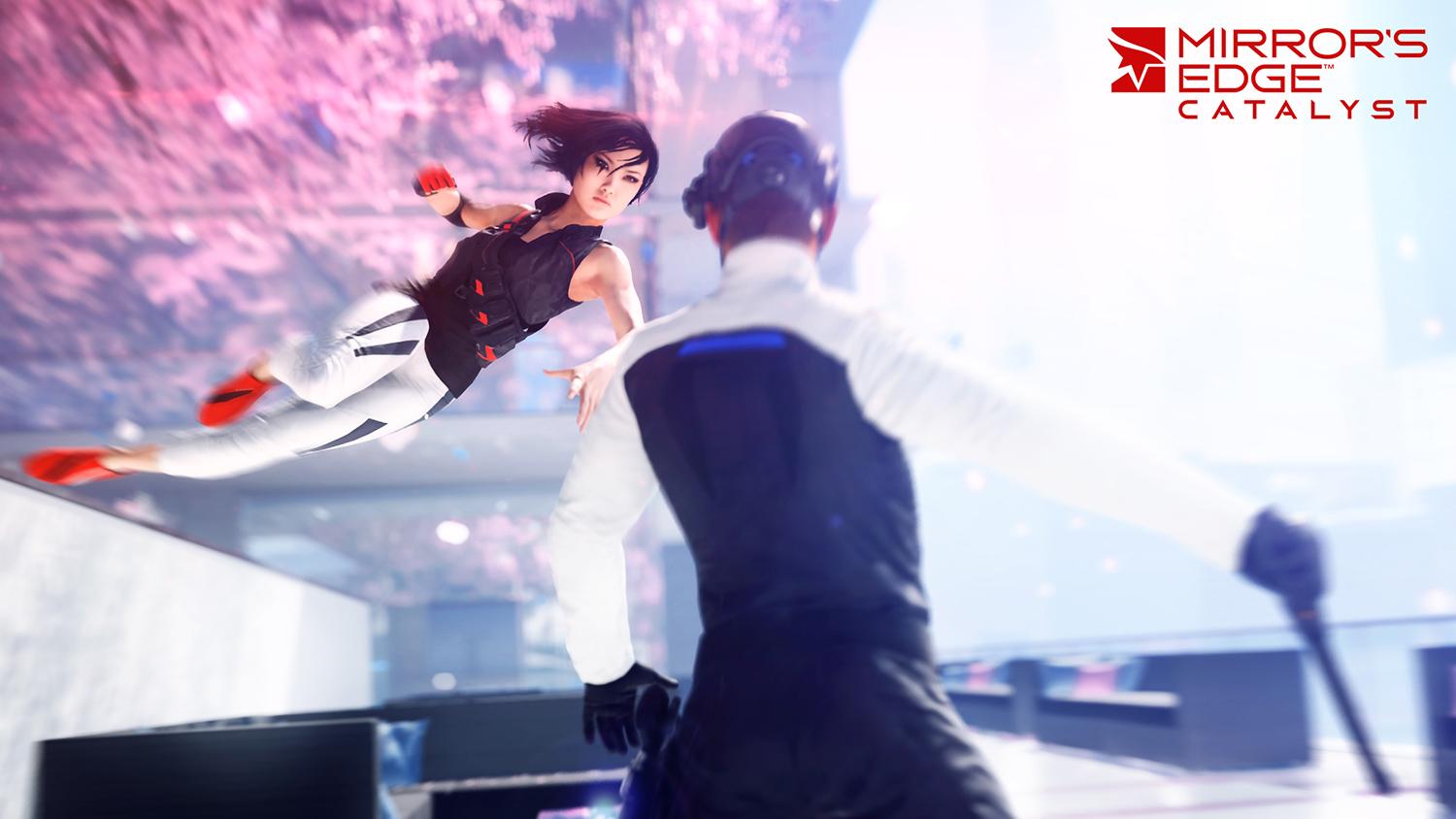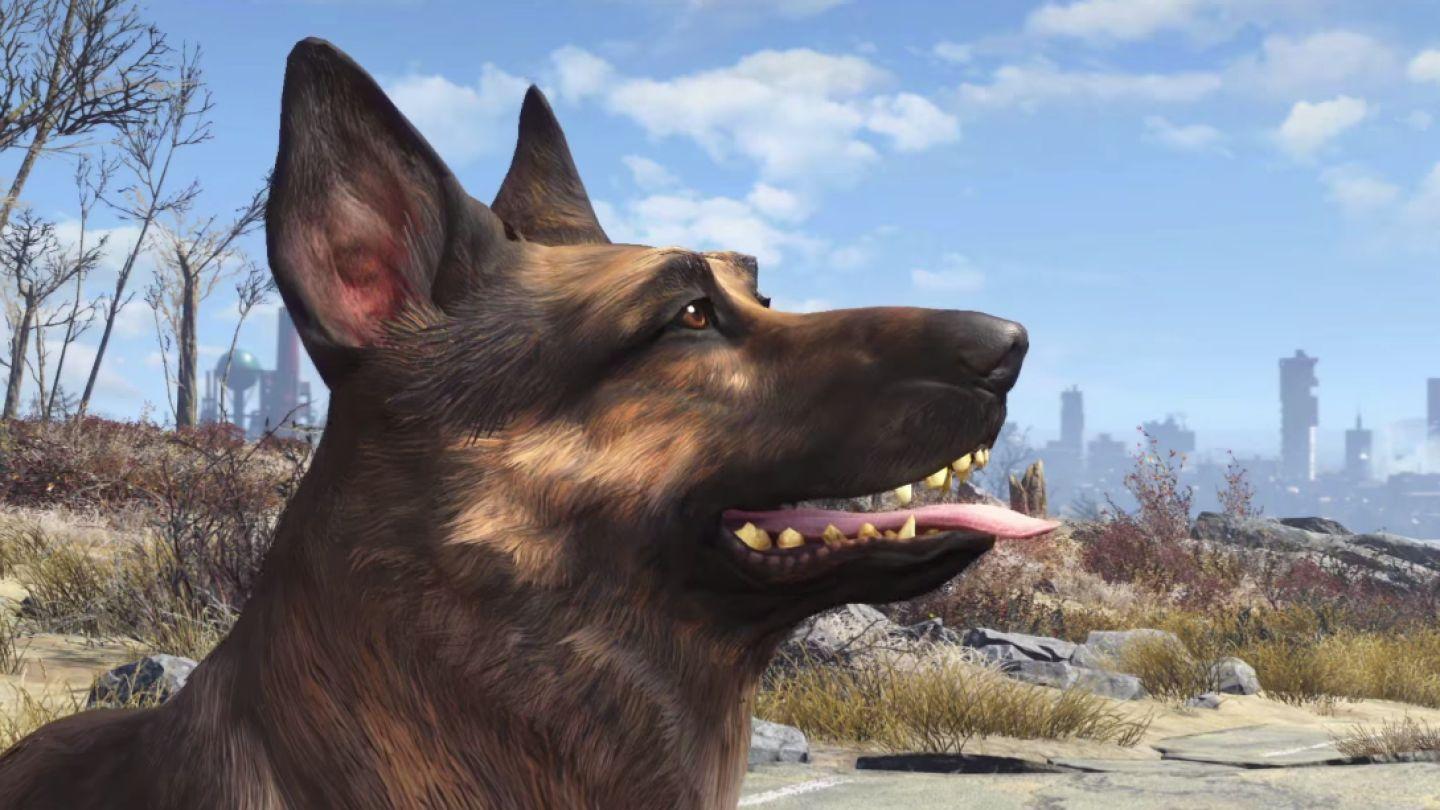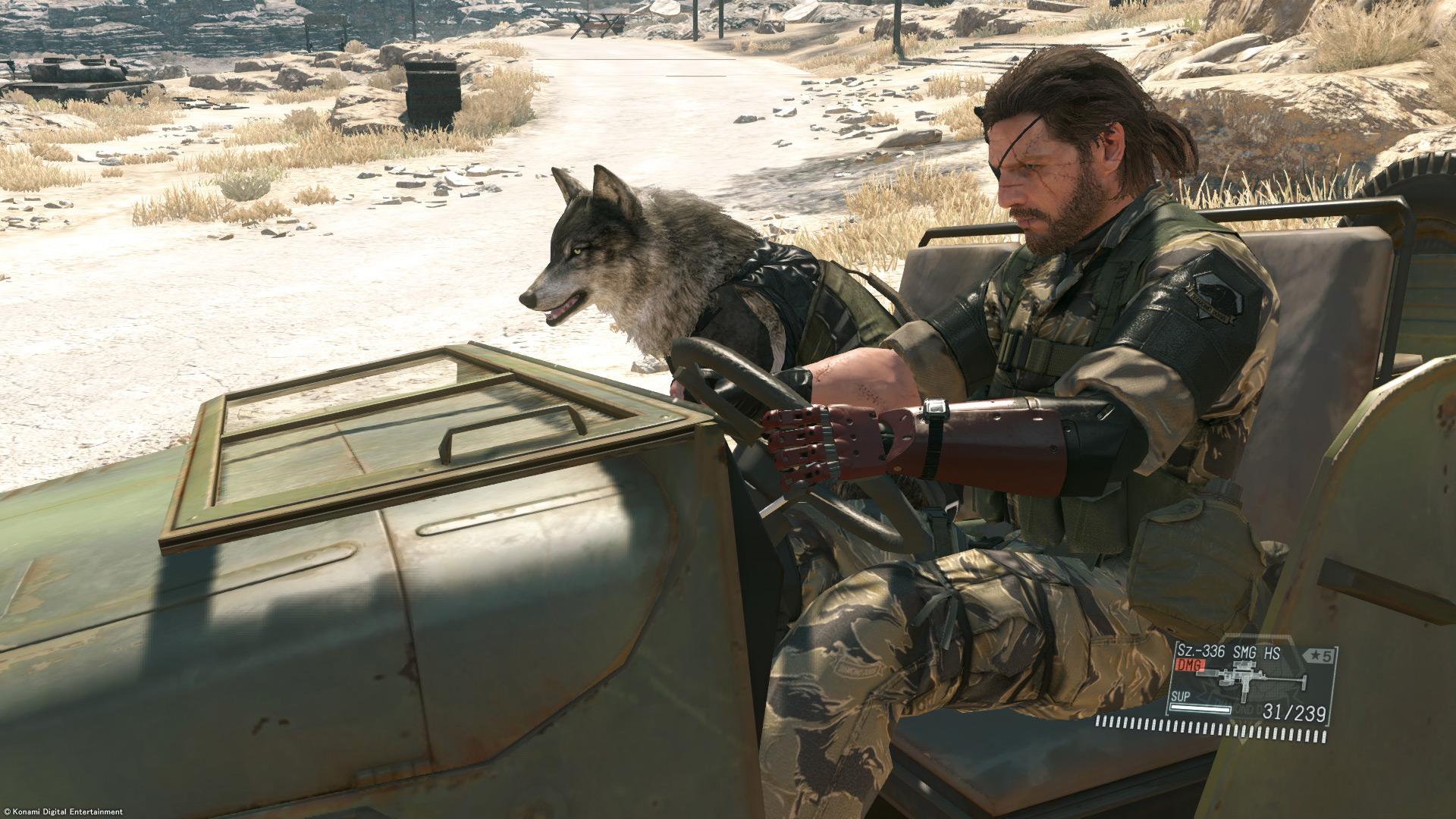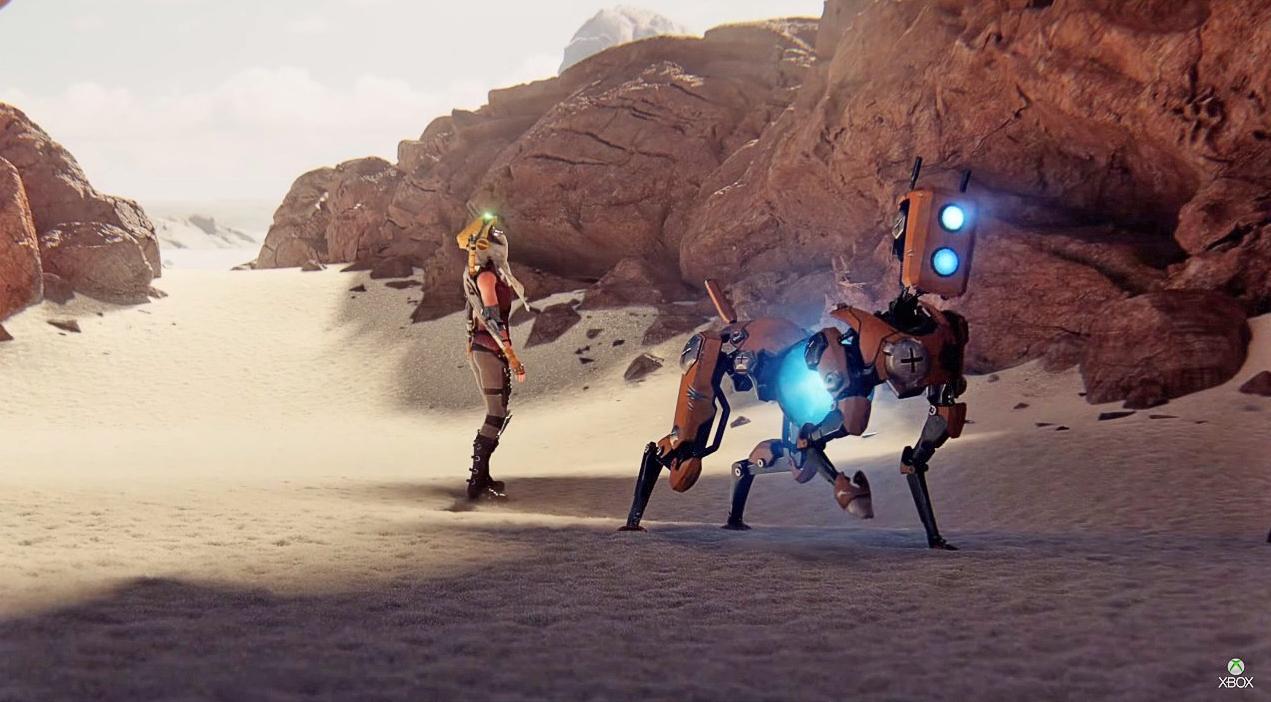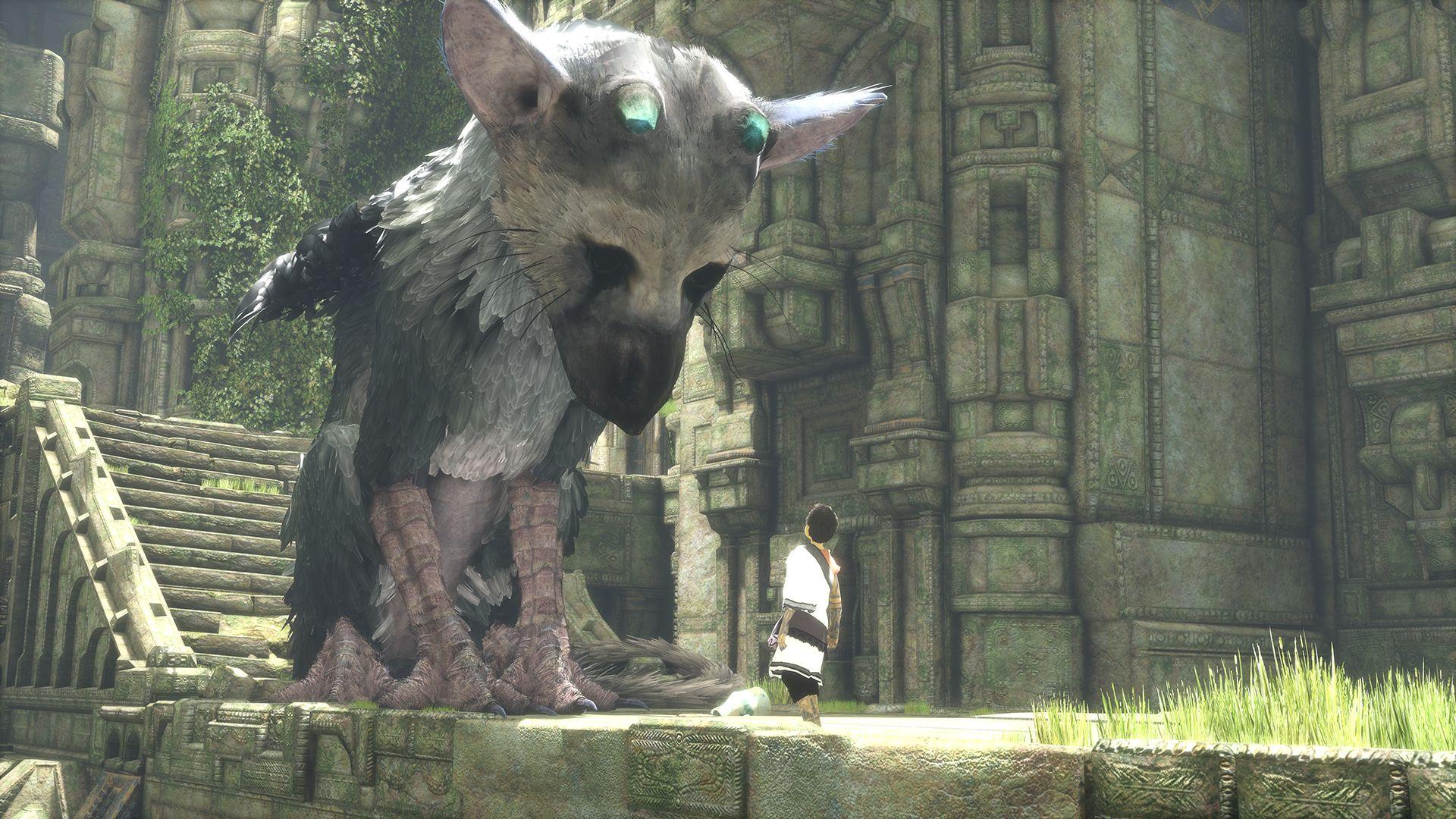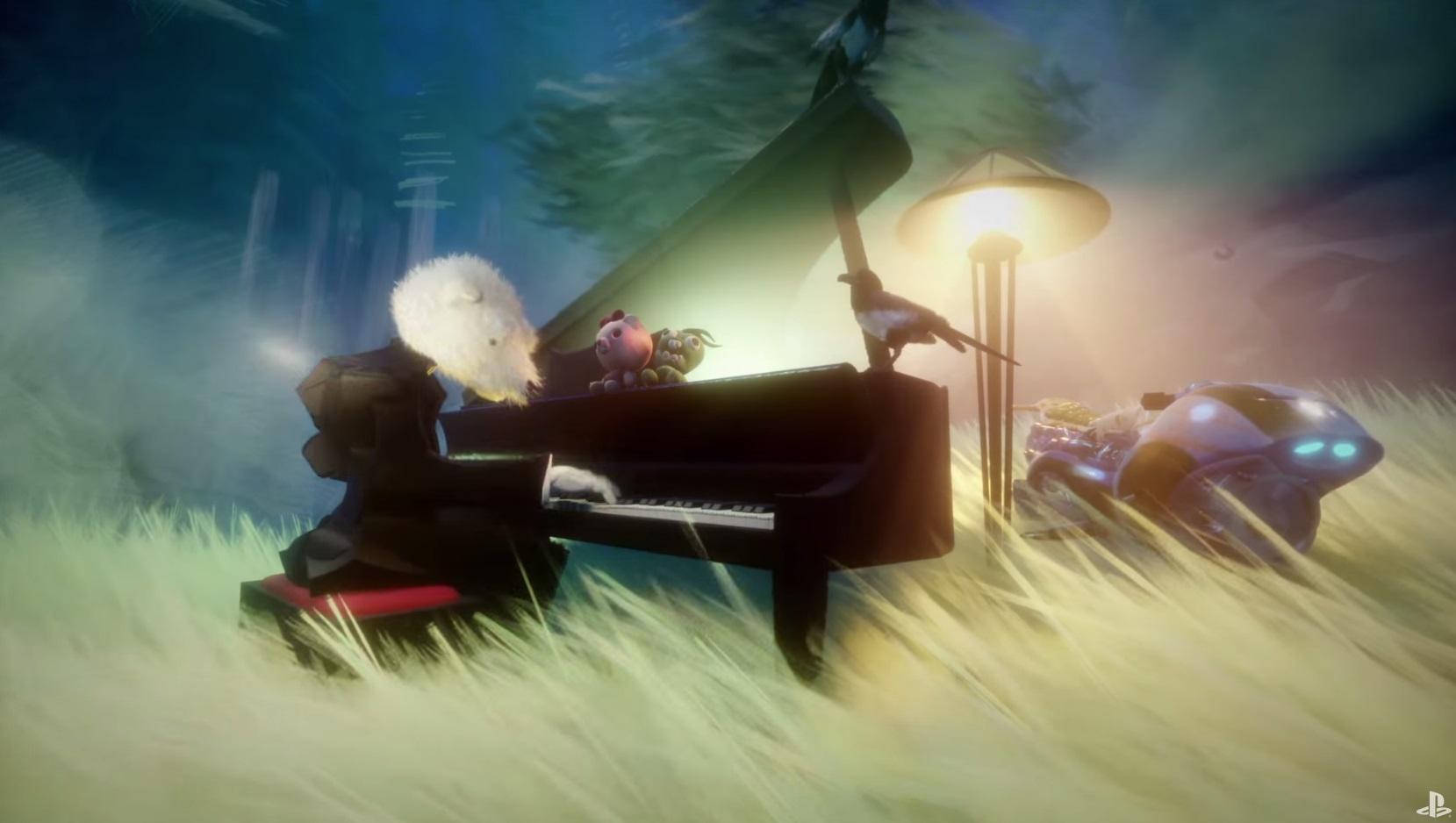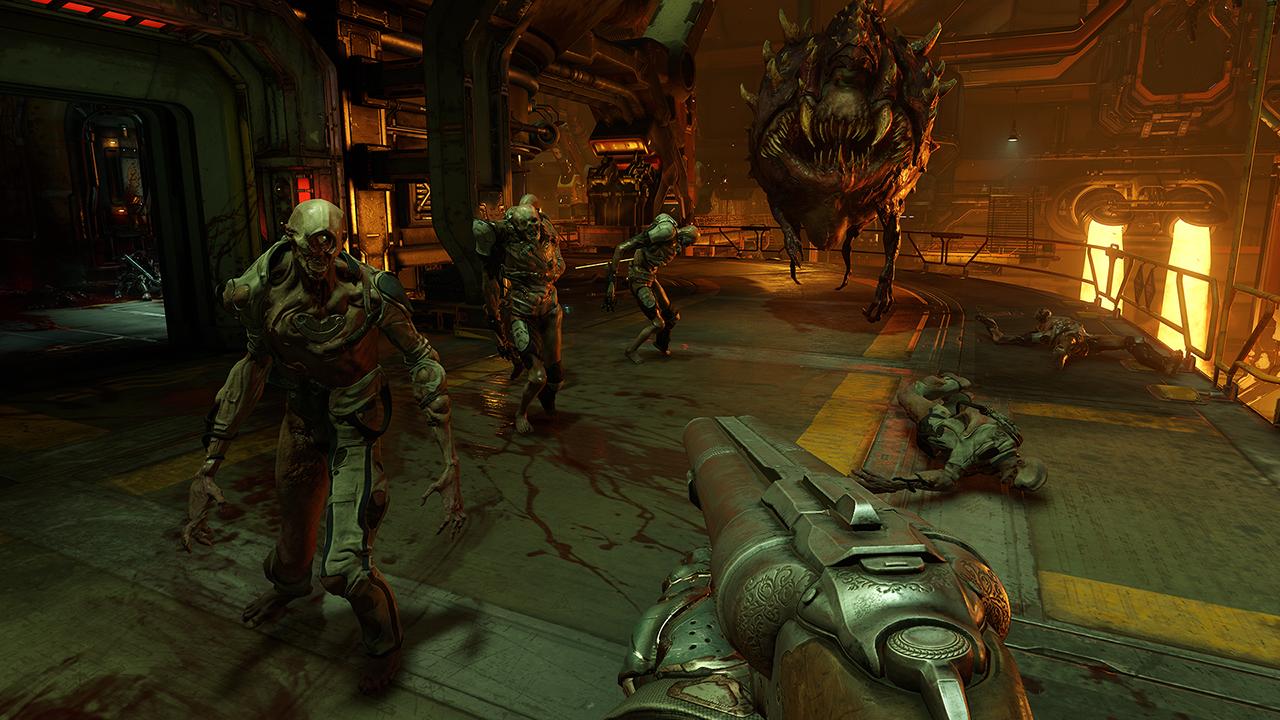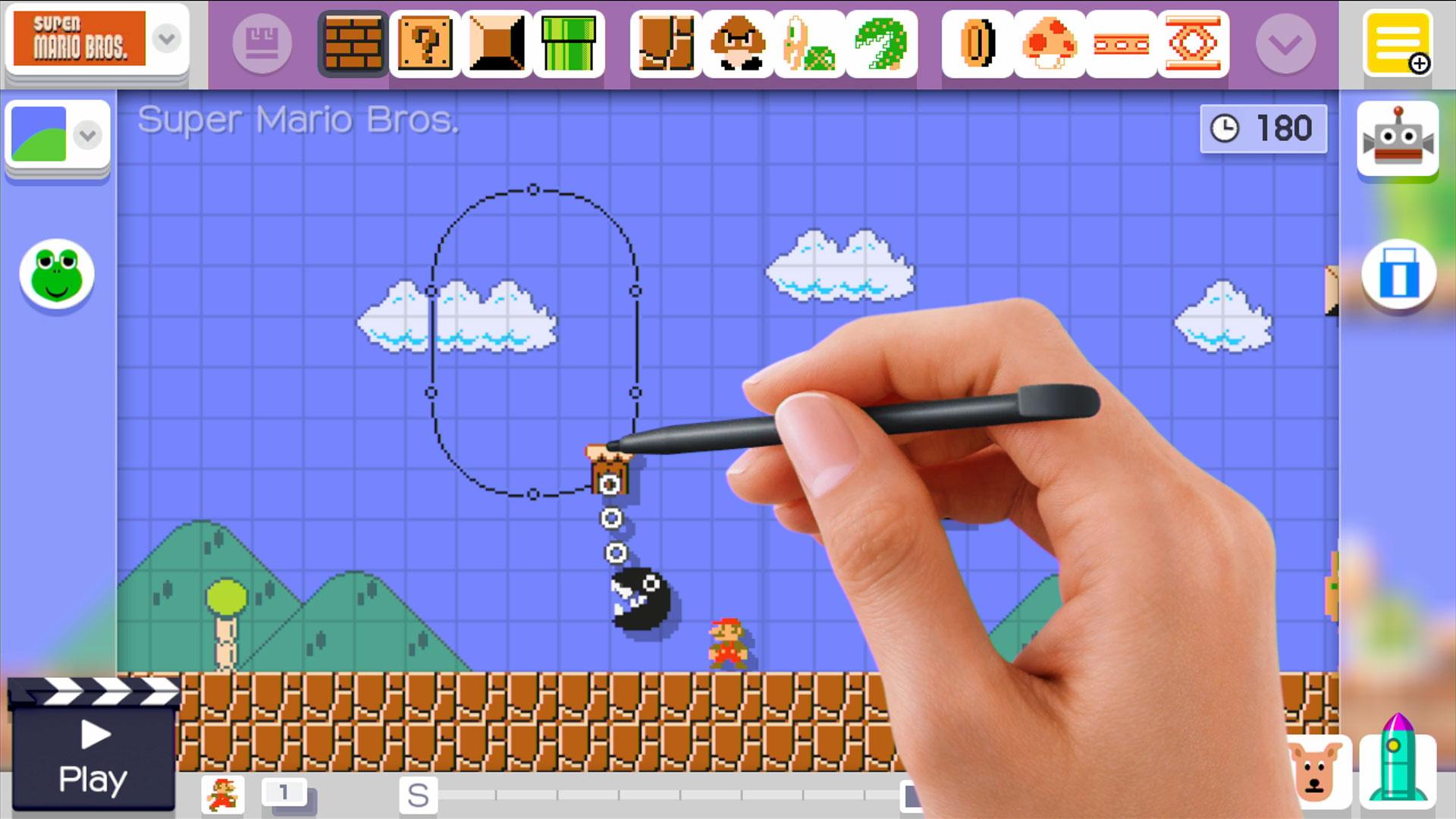
Wide open spaces
Open world design has been around since as far back as the 80s when the original Elite pioneered it, but this year it really locked in as the new normal. We of course saw the usual suspects, with games like Assassin’s Creed Syndicate, Fallout 4, and Just Cause 3 taking franchises that are already established open world juggernauts and making them even more massive.
More interesting, though, were franchises that had previously been more linear making the transition to an open world model. Tom Clancy’s Ghost Recon and Metal Gear Solid have always been mission-based, tactical action/stealth games, but with Ghost Recon: Wildlands and Metal Gear Solid V: The Phantom Pain (and its prologue, Ground Zeroes) both franchises are giving players those same tools, but re-contextualizing them into an open world format, empowering players to tackle their challenges as they see fit.
I would be remiss, of course, if I didn’t mention No Man’s Sky, which makes all other open world games look petty by presenting a procedurally-generated open galaxy that even the developers will never fully explore.
Reality is overrated
Oculus Rift revived the long-dormant hype and promise of virtual reality when it burst onto the scene a few years ago. This year virtual reality was present in full force, with actual games for people to play instead of just promises and tech demos.
Microsoft announced its partnership with Oculus, and will be shipping Xbox One controllers as the standard Rift accessory. It also has its own augmented reality headset, the HoloLens, which made waves with a phenomenal Minecraft demo during the Xbox press conference.
Sony had Morpheus, Samsung had Gear, and countless other smaller developers have joined the party this year and had their finest headsets on display. The lines to try VR games like EVE: Valkyrie and Adr1ft were consistently some of the longest at the convention, as fans were eager to get a taste of gaming’s sci-fi future.
Wonder women
This past year has been rough for women in gaming. When some women in the development and critical community started to speak out about gaming culture’s tendency toward toxic masculinity, a reactionary movement sprang up to prove their point, launching a disgusting campaign of harassment under the guise of an inquiry into ethics in game journalism.
Despite this, the industry seems to be listening to the better angels of our nature, as women had notably better representation in the games shown this year. New IPs like Horizon and ReCore featured female protagonists in their debut trailers, Assassin’s Creed Syndicate and Dishonored 2 now have protagonists of both genders, and female-led favorites like Tomb Raider and Mirror’s Edge had strong showings. There’s still a long way to go until real parity is reached, but this year showed distinct progress.
Man’s best friend
Pets and companion characters have been a part of gaming for a while, but for some reason this year developers really didn’t want you to go out there alone. Fans immediately latched onto the dog that opens the trailer for Fallout 4, collectively naming it “Dogmeat” after the dog companion in previous Fallout games.
Snake also gets a canine companion of his own in Metal Gear Solid V, but in order to be sufficiently badass, it’s a wolf with an eye patch. Mega Man creator Keiji Inafune introduced his new, Xbox-exclusive game ReCore with a robot dog. And the big one, literally, is Trico the gryphon companion from the long-awaited The Last Guardian.
Maybe advances in AI have encouraged designers to create more lifelike companions, or maybe the characters were just lonely. We’re not complaining either way.
Power to the player-designer
PC gaming is on the rise, and its penchant for user-created content is spreading to other platforms as well. LittleBigPlanet developer Media Molecule is no stranger to player creativity, but its new Dreams takes it to a whole new level with players creating anything they can imagine and remixing one another’s content into psychedelic stew.
Bethesda has long encouraged the PC modding community, which is a big part of what has kept Skyrim relevant all these years later, but no one was expecting its announcement at the Microsoft conference that mods created for the PC Fallout 4 could be applied for free on Xbox One as well.
Doom’s new snap map level editor will also give consoles an injection of fiendish player creations. Nintendo also decided to hand over the tools to its fans with Super Mario Maker, which breaks down the familiar elements from 30 years of 2D Mario platforming and lets players combine them in wholly new ways for sharing and enjoyment. It’s great to see developers realizing the untapped creative riches to be found in their own players.
Conclusion
Games are going to be bigger in every way this year. Developers are creating much larger worlds for you to explore, and filling them with a wider range of characters and stories. The ubiquity of online connectivity now also means that a game isn’t finished on launch, but in many ways is only just beginning as development has longer and longer post-release tails of both official support and community engagement. Some of this is just due to the relentless march of technology allowing for more sophisticated design and engineering. There are also just more people playing games every year outside of traditional “gamers.” After years of the industry growing taller while developers furiously iterated on a narrow range of popular genres, it’s finally starting to branch out wider. For anyone at all interested in games, this is fantastic. We can’t wait to see what’s coming and share it all with you here at Digital Trends.


